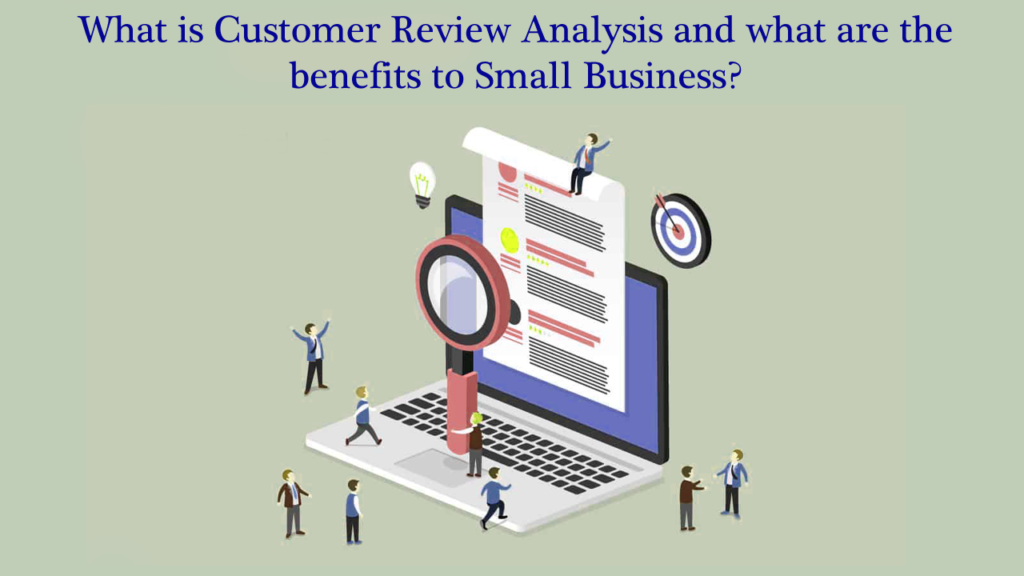
Customer analysis is a critical component of any business plan in all stages of growth. When you analyze your customers, you define who your target market is, and decide how you’ll reach them. A recent article in Forbes stated that 81% of enterprises rely on analytics to improve their understanding of customers.
Customer analysis reveal the most necessary information for any business plan. Let your competition worry about keeping up: learn who your target market is and how you can stay ahead.
What Are the Benefits of Customer Analysis?
Customer A
· 126 percent more likely to be ahead of the market in profits.
· 131 percent more likely to be ahead of the market in sales.
· 186 percent more likely to be ahead of the market in sales growth.
How To Implement a Customer Analysis Strategy?
Customer analysis Strategy requires a combination of data collection, sound management decisions based on the data and a willingness to experiment with alternative strategies to create new data.
1. Customer Acquisition:
According to Customer acquisition, it helps us to measures include cost, conversion rates, and breakdowns by marketing channel and campaign. According to the DataMatics survey, businesses tracking customer acquisition KPIs are 23 times.
2. Migration to Profitable Segments:
Many businesses offer service or product tiers where the lower tiers may have lower margins or even be unprofitable.
3. Customer Profitability:
Customer strategy which helps us to know that how many of the customers are get migrate in each
Tracking customer profitability measures leads to being 18.8 times more likely to report as outperforming competitors on profitability per customer. Income metrics should include total sales to the customer, average sale size, the time between purchases, and what specific goods or services the customer purchases.
4. Customer Loyalty and Retention:
Customer loyalty and retention is divided into two parts — identification and tracking.
First, you must be able to identify individual customers. This is easy when you have service accounts or collect shipping information for online orders, but it becomes more difficult in a retail setting. One of the easiest and most common ways to track retail customers is through loyalty or discount cards.
Once you know your customer, tracking retention is a matter of determining the average amount of time between a customer’s first and last order and how many customers don’t place a second order. To improve your retention rates and times, you can mine the data to look for trends that separate customers retained for a long versus a short period.
Loyalty can be tracked through the average time between orders and what specific items the customer purchases. This can help you determine whether a customer is loyal to your brand, price shops between competitors or finds you inconvenient to deal with due to distance or long shipping times.

















Recent Reviews